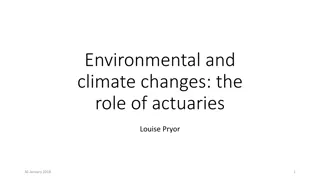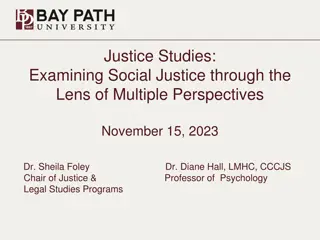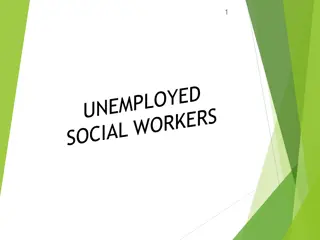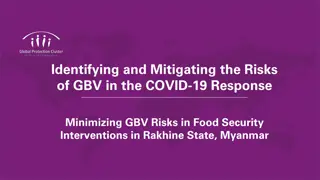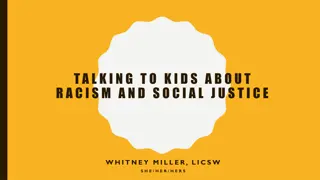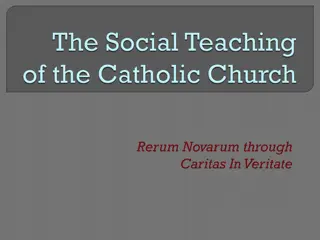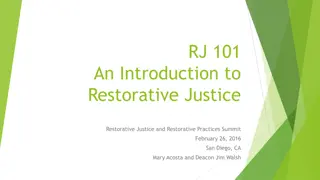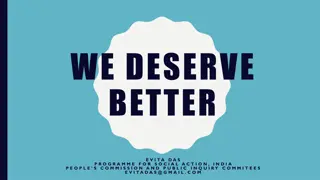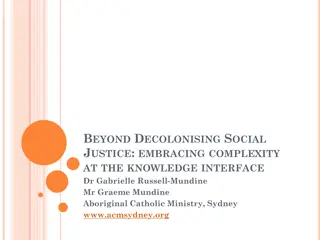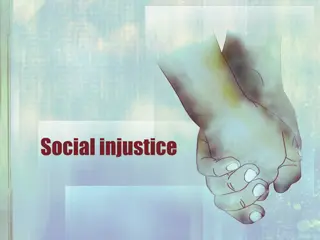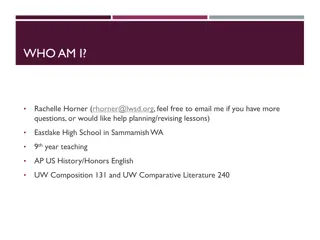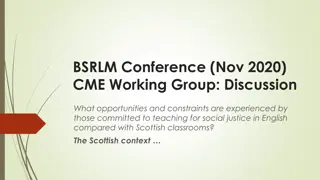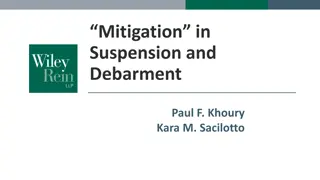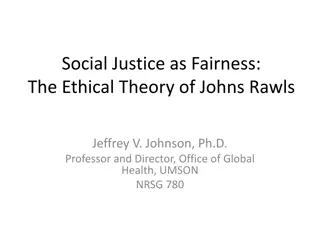Mitigating Potential Risks in Teaching Social Justice Issues
Exploring the Do No Harm principle in teaching social justice, this content addresses the impacts on teachers, students, and communities. Examples highlight age-related, gender-related, and job choice issues, emphasizing the importance of cultural awareness, context reflection, and empathy in teaching. Teaching about social justice aims to create opportunities for a better society and world while considering potential negative effects.
Uploaded on Sep 29, 2024 | 0 Views
Download Presentation

Please find below an Image/Link to download the presentation.
The content on the website is provided AS IS for your information and personal use only. It may not be sold, licensed, or shared on other websites without obtaining consent from the author. Download presentation by click this link. If you encounter any issues during the download, it is possible that the publisher has removed the file from their server.
E N D
Presentation Transcript
Do No Harm Potential Risks of Teaching about Social Justice Mandana Arfa-Kaboodvand WIUT 53rdIATEFL Conference, 2019, Liverpool, UK
Do No Harm (DNH) Principle It is an expression that speaks for itself and helps advance thinking on the negative effects of aid. "Do no harm" is to avoid exposing people to additional risks through our action. "Do no harm" means taking a step back from an intervention to look at the broader context and mitigate potential negative effects on the social fabric, the economy and the environment. (Bonis Charancle and Lucchi, 2018, p.9)
Who might be negatively affected by the promotion of certain social justice issues in language classes? The teachers The students The community
Why do we need social justice? We need social justice to create opportunities for all people to be healthy and happy and to have a better life. This can eventually affect the society and lead to the creation of a better world.
Example 1: Age-related issues You are 18! Get a husband! (And the issue of beggars cannot be choosers!!!) You are 30! Not married yet?!!!
Example 2: Gender-related issues at home You are a woman. Cleaning the house is your job! You are a man! Providing for the family is your job!
Example 3: The right to choose your job You cannot be a cook/ a hairdresser/ a dancer ! You are man! You cannot be an engineer/ truck driver/ a pilot, a singer ! You are a woman.
Example 4: Child labour Some countries vs many other countries Example: A child delivering newspaper in the US vs a child having a part time job in another.
Final message for the teachers Know the culture Know the context Reflect (upon the consequences of the topics you discuss) even before acting Sometimes keep quiet. Teach your students (people) empathy and love Encourage them to think for themselves
Final message for language teacher trainers Teacher should practice to be patient and open-minded. Teachers should learn to listen to the students (others) points of view. Teacher should be encouraged to read, examine and reflect on world issues and social justice. Language teaching in the more traditional sense (e.g. teaching the four skills) should still be a part of the classes. This can lead to some kind of autonomy for the students. Learning a language is empowering. Teachers should practice to think critically. Teachers should learn to try their best to do no harm, even with the best of intentions.
Human beings are members of a whole In creation of one essence and soul If one member is afflicted with pain Other members uneasy will remain If you have no sympathy for human pain The name of human you cannot retain Saadi (Iranian poet, 13thCentury)
Sources Bonis Charancle, J.M and Lucchi, E. (2018) Incorporating the principle of Do No Harm : How to take action without causing harm Reflections on a review of Humanity & Inclusion s practices https://www.alnap.org/system/files/content/resource/files/main/donoharm_pe 07_synthesis.pdf Kumaravadivelu, B. (2012). Language teacher education for a global society: A modular model for knowing, analyzing, recognizing, doing, and seeing. Routledge. Sampedro, R., & Hillyard, S. (2004). Global issues. Oxford: Oxford University Press.
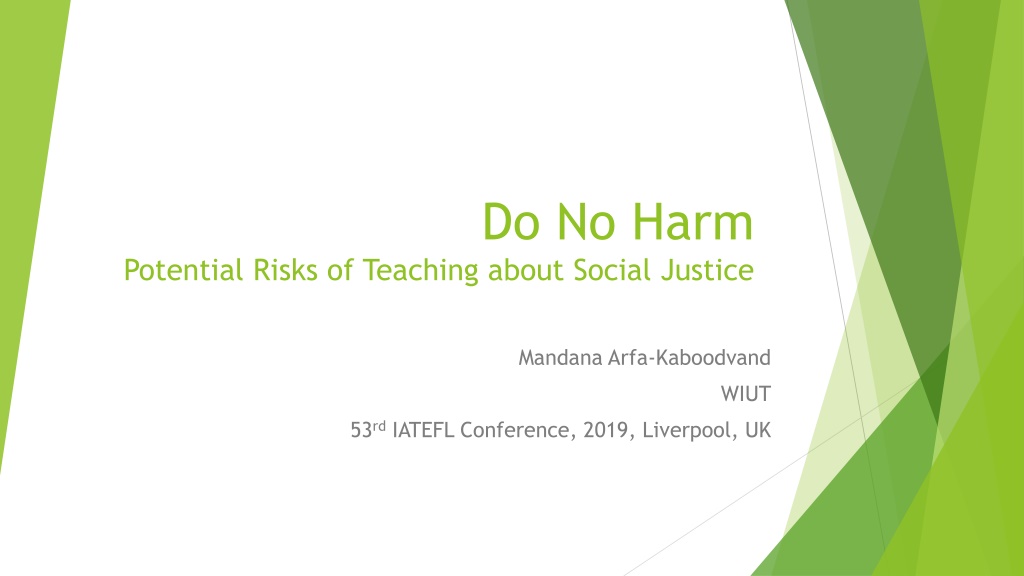
 undefined
undefined



